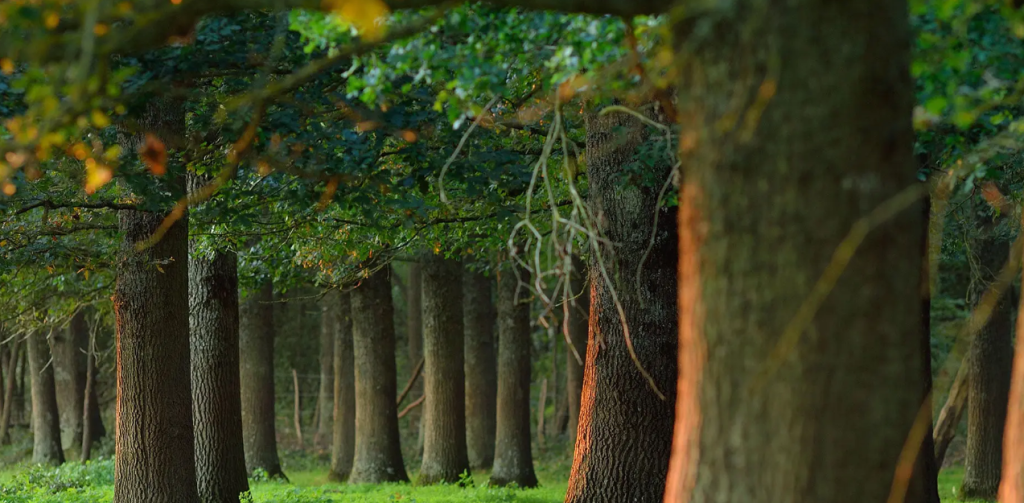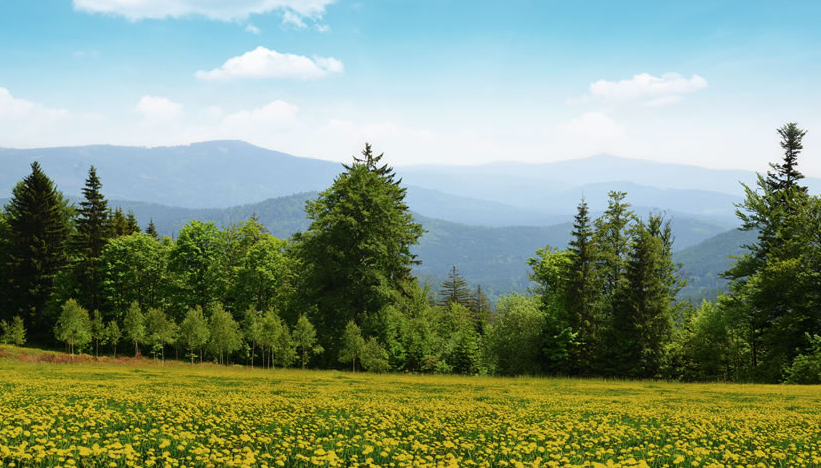Let’s explore Comoros National Forest. The Comoros Islands, nestled in the Indian Ocean off the eastern coast of Africa, are known for their breathtaking landscapes and rich biodiversity. Among the natural wonders of these islands are the lush and diverse Comoros forests. In this article, we will delve into the beauty and significance of the Comoros National Forest, exploring its unique features, ecological importance, and efforts made to preserve this invaluable resource.
The Comoros Islands: A Tropical Paradise
Nestled in the Indian Ocean, the Comoros Islands offer a mesmerizing blend of turquoise waters, pristine beaches, and lush green landscapes. The archipelago consists of four major islands: Grande Comore, Mohéli, Anjouan, and Mayotte. Among the treasures of these islands lies the Comoros National Forest, which showcases the incredible biodiversity and natural splendor of the region.
Understanding Comoros National Forest
Location and Size
The Comoros National Forest is situated across various parts of the Comoros Islands, covering a significant land area. The forest spans dense lowland rainforests, montane cloud forests, and coastal mangroves. Its diverse geographical features provide a habitat for a wide range of plant and animal species.
Flora and Fauna
The Comoros National Forest is home to an array of flora and fauna that are endemic to the region. Towering trees, vibrant orchids, and endemic palm species create a lush canopy, while rare bird species, such as the Comoro olive pigeon and the Karthala scops owl, grace the skies. Additionally, the forest is inhabited by unique reptiles, lemurs, and a rich diversity of insects.
Importance of Biodiversity
The biodiversity of the Comoros National Forest plays a vital role in maintaining ecological balance and preserving the unique natural heritage of the islands. It contributes to the pollination of plants, soil fertility, and the regulation of local climate. The forest acts as a reservoir of genetic diversity, providing potential sources for medicine, food, and other valuable resources.
Conservation Efforts for Comoros National Forest
Protected Areas and National Parks
To safeguard the natural wealth of the Comoros National Forest, various protected areas and national parks have been established. These designated regions ensure the preservation of critical habitats, restrict human activities that may harm the ecosystem, and promote research and educational initiatives. Efforts are underway to expand the protected areas network and strengthen conservation regulations.
Community Engagement and Sustainable Practices
Conservation efforts for the Comoros National Forest involve active participation from local communities. Engaging the residents in sustainable practices, such as agroforestry and eco-tourism, not only ensures their livelihood but also instills a sense of responsibility towards forest preservation. This community-driven approach fosters a deep connection between the people and the natural environment.
Ecotourism and the Comoros National Forest
Exploring the Forest: Popular Trails and Attractions
The Comoros National Forest offers nature enthusiasts and adventure seekers a plethora of opportunities to explore its wonders. Trails wind through dense foliage, leading to breathtaking viewpoints, serene waterfalls, and hidden lakes. Visitors can embark on guided tours to witness the diverse flora and fauna, capturing memorable moments in this pristine paradise.
Experiencing Local Culture and Traditions
Apart from the natural beauty, the Comoros National Forest provides a gateway to the vibrant local culture and traditions. Visitors can engage with the warm-hearted local communities, learn about their customs, and savor the flavors of authentic Comorian cuisine. Cultural festivals and art exhibitions showcase the rich heritage of the islands, making the experience even more enriching.
The Economic Value of Comoros National Forest
Sustainable Forest Management
Recognizing the economic value of the Comoros National Forest, sustainable forest management practices are being implemented. This approach ensures the responsible utilization of forest resources while maintaining the delicate ecological balance. It promotes the cultivation of sustainable timber, non-timber forest products, and organic agriculture, creating economic opportunities for the local communities.
Eco-friendly Products and Industries
The Comoros National Forest contributes to the development of eco-friendly industries, such as organic cosmetics, essential oils, and handicrafts made from sustainable materials. These products not only support local livelihoods but also promote environmentally conscious consumer choices globally. By investing in sustainable practices, the islands are paving the way for a greener and more sustainable future.
Challenges and Future Outlook for Comoros National Forest
Threats to Comoros National Forest
Despite the ongoing conservation efforts, the Comoros National Forest faces several challenges. Deforestation, habitat degradation, and illegal wildlife trade pose significant threats to the delicate ecosystem. Climate change impacts, such as rising temperatures and changing rainfall patterns, further exacerbate these challenges. Addressing these issues requires collaborative efforts and sustained commitment from local communities, governmental bodies, and international organizations.
Future Conservation Strategies
To secure the future of the Comoros National Forest, comprehensive conservation strategies are being developed. These strategies focus on expanding protected areas, implementing reforestation programs, enhancing sustainable tourism practices, and raising awareness about the importance of preserving the forest’s biodiversity. By embracing innovative approaches and promoting community involvement, the Comoros Islands are striving to safeguard their natural heritage for generations to come.
Conclusion
The Comoros National Forest stands as a testament to the awe-inspiring beauty and ecological significance of the Comoros Islands. Its diverse ecosystems, endemic species, and vibrant cultural heritage make it a truly remarkable destination. By prioritizing conservation efforts, engaging local communities, and promoting sustainable practices, the Comoros Islands are working towards preserving this natural gem for future generations. As visitors explore the Comoros National Forest, they not only witness its breathtaking landscapes but also contribute to its conservation and support the livelihoods of the local communities.
FAQs
- What is the best time to visit the Comoros National Forest?
The Comoros National Forest can be visited year-round, but the best time is during the dry season from May to November when the weather is pleasant and rainfall is minimal.
- Are there any endangered species in the Comoros forests?
Yes, the Comoros forests are home to several endangered species, including the Livingstone’s fruit bat, Coelacanth fish, and the Mohéli scops owl.
- How can I contribute to the conservation of the Comoros National Forest?
You can contribute to the conservation of the Comoros National Forest by practicing responsible tourism, supporting local eco-friendly businesses, and participating in community-led conservation initiatives.
- Are there any regulations for visitors in the Comoros forests?
Yes, visitors are expected to follow certain regulations to protect the forest’s ecosystem. These may include staying on designated trails, refraining from littering, and avoiding disturbing wildlife.
- What is the significance of the Comoros National Forest to the local communities?
The Comoros National Forest holds great cultural and economic significance to the local communities. It provides a source of livelihood through sustainable practices like agroforestry and eco-tourism, while also preserving their cultural heritage.
References
- Abdulrahman, M. (2020). Comoros National Forest: A Paradise for Nature Lovers. Comoros Tourism. Retrieved from https://www.comoros-tourism.travel/national-park/
- Conservation International. (n.d.). Preserving Biodiversity in the Comoros Islands. Retrieved from https://www.conservation.org/projects/comoros-islands
- Center for International Forestry Research (CIFOR). (n.d.). Sustainable Forest Management in Comoros. Retrieved from https://www.cifor.org/comoros/

